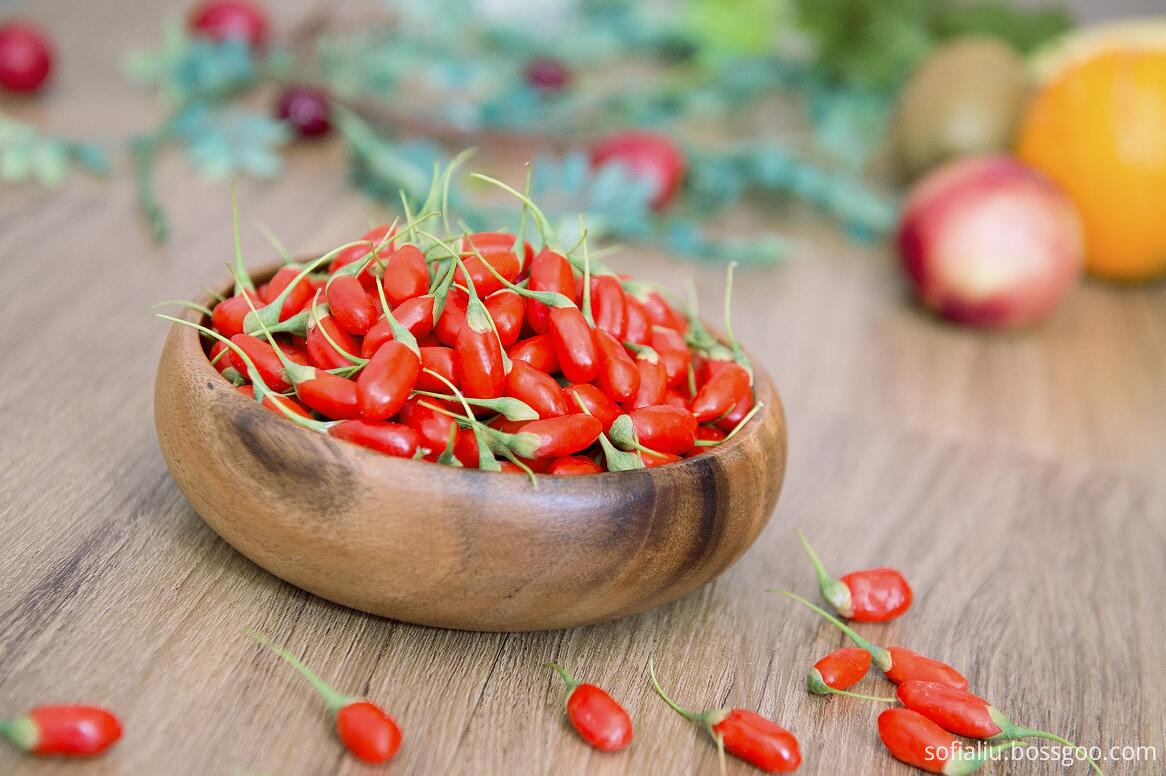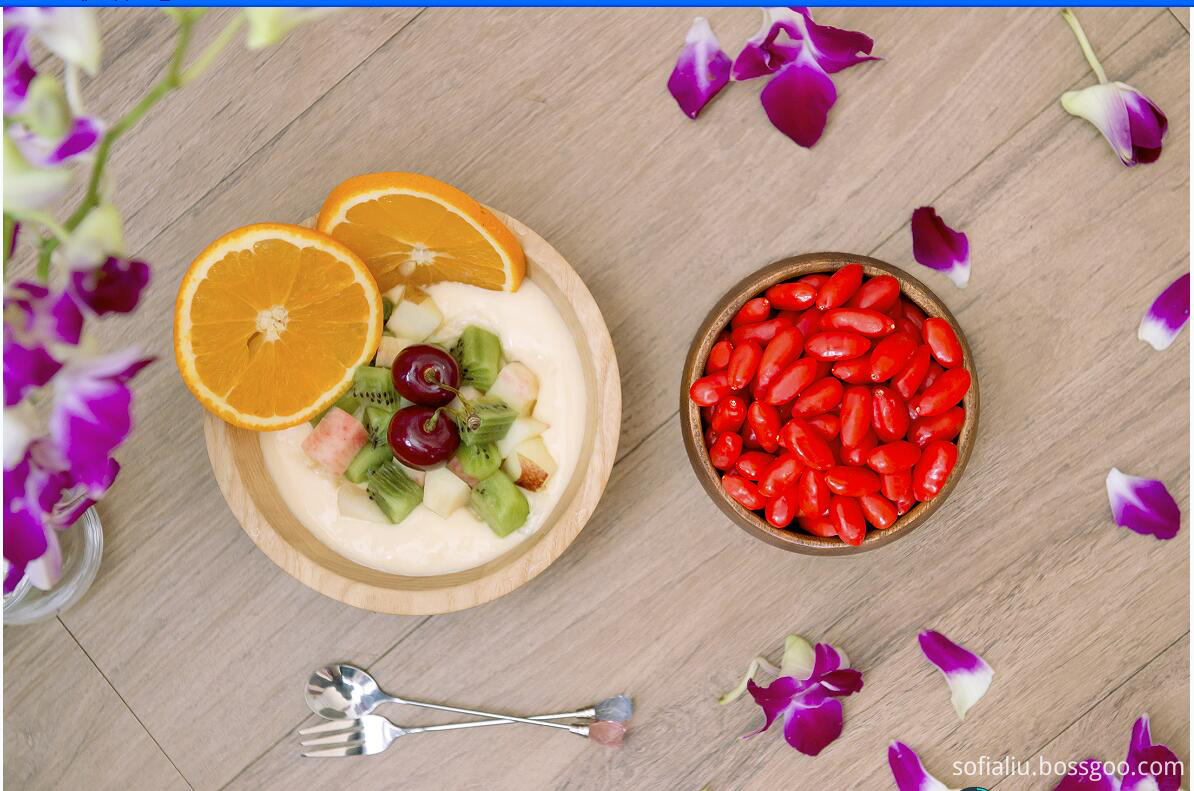After consulting the relevant experts, the author summarized the following three types of crop injury.
Residue-type phytotoxicity This phytotoxicity is characterized by no phytotoxicity in the current season crop after spraying, and the residual pesticides in the soil cause phytotoxicity to crops that are more sensitive to mandibles. For example, the use of Simazine herbicide in corn fields often causes phytotoxicity to crops such as sorghum and beans. This kind of phytotoxicity occurs mostly in the germination stage of the seed crops of the lower pods, lighter root tips, bud tops and other parts become brown or rot, affecting normal growth; severe rot and poor shoots, reduce the emergence rate or no seedling emergence. This kind of phytotoxicity is difficult to diagnose, and it is easy to be confused with fertilizers. Can be used to understand the cultivation and management of the former crops, pesticide use history, soil testing and other measures to prevent misdiagnosis and cause losses.
The symptoms of chronic-type phytotoxicity do not show up immediately after the application of the phytotoxicity, and have certain latent potential, so that the growth of the crop is hindered, and the flavor of the fruit deteriorates. This phytotoxicity is often difficult to diagnose and is easily confused with other physiological diseases. When the diagnosis is made, diagnosis can be made by understanding the occurrence of pests and diseases, the type, amount, area of ​​application, and method of plant control.
The acute-type phytotoxicity has the characteristics of rapid occurrence and obvious symptoms. Generally, the symptoms appear within a few hours to several days after the application. The general appearance is that the crop leaves have spots, perforation, anxiousness, curling, deformity, and withered. , yellow, green or white. The roots suffer from short and thick roots, few root hairs, yellow or thick roots, brittleness, and rot. Seed victims are unable to germinate or germinate slowly. Plants suffer from falling flowers, falling buds, malformed, smaller, spotted, brown fruit, rust, and fruit drop. This kind of phytotoxicity is mostly caused by improper use of pesticides or improper use of pesticides for seed treatment.
Goji berries nutrients improve cell communication and have antioxidant as well as anti-inflammatory properties. These substances have been shown to increase mitochondrial function and detoxification. It has also been shown that nutrient dense foods such as Goji berries are far superior to supplementation with isolated nutrients contained in juices, capsules or tablets.
Goji berries have been in use for at least the last 1,700 years. They have become a staple in not only in Eastern cuisine, but also Eastern medicine.
In Chinese mythology, goji berries are known as the fruit of immortality. Even today, Chinese medicine uses goji berries to treat the liver, immune system, circulation problems, and more.
.
Funtion of Goji Berry:
1) Inhibit tumor growth and improve disease resistance;
2) Powerful anti-oxidant which extends life, and improves the memory;
3) Neutralize the side effects of chemotherapy and radiation;
4) Normalize blood pressure & balance blood sugar
5) Lower cholesterol, lose weight.
6) Support eye health and improve your vision.
7) Support healthy liver function.
8) Support normal kidney function
9) Increase calcium absorption

Please feel free to leave us message.
Any inquiry would be replied within 2 hours on working days!
Production Specification Sheet
|
Product Name |
Goji Berry |
Country of Origin |
Ningxia in China |
|
ANALYSIS |
DESCRIPTION |
TEST METHODS |
|
|
Product Name |
Organic Goji Berry |
||
|
Form |
Spindle and slightly shrinks |
SN/T 0878 |
|
|
Color |
Bright red or purplish red |
SN/T 0878 |
|
|
Taste and Smell |
Characteristic |
SN/T 0878 |
|
|
Size |
280granule/50gram |
160granule/50gram |
SN/T 0878 |
|
Total bacterial count, cfu/ml |
≤100000 |
GB4789.2 |
|
|
Salmonella |
Absence |
GB/T 4789.4 |
|
|
SO2 |
NMT 30 |
SN/T 0878 |
|
|
Moisture, % |
NMT13 |
GB/T 5009.3 |
|
|
Pb, mg/kg |
NMT 2.0 |
GB/T 5009.12 |
|
|
As, mg/kg |
NMT 1.0 |
GB/T 5009.11 |
|
|
Cu, mg/kg |
NMT 10.0 |
GB/T 5009.13 |
|
|
Pesticide Residue |
Acetamiprid <0.2PPM; Imidacloprid<0.2PPM; Fenvalerate<0.1PPM; Cypermethrin<0.1ppm negligible with other pesticides |
Negative |
GB/T 19648-2006, GB/T 200769-2008 |
|
Shelf life |
12 months months if stored in a cool ventilated dry place |
|
Package |
4.54Kg/Bag, 4Bags/ Carton (10Pounds/bag,4bags/Carton); 5KG/Bag,4Bags/Carton |
|
Storage |
It should be stored under the dry and ventilated environment in original bag, the temperature no more than 20 ℃ |
Conventional Goji Berry
Conventional Goji Berry,Conventional Goji,Conventional Dried Goji Berries,Conventional Wolfberry
Ningxia Wolfberry Goji Industry Co.,ltd , https://www.nx-wolfberry.com